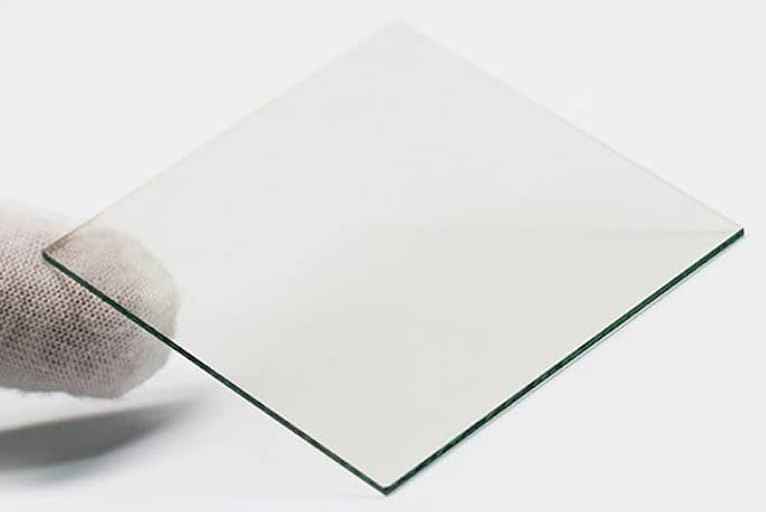google-site-verification: google0228a1feb97d321e.html
google-site-verification: google0228a1feb97d321e.html
google-site-verification: google0228a1feb97d321e.html
google-site-verification: google0228a1feb97d321e.html
google-site-verification: google0228a1feb97d321e.html
google-site-verification: google0228a1feb97d321e.html
In solar cells, conductive glass acts as a transparent conductive electrode. The increase in its transmittance helps more light enter the cell and be absorbed by the light absorbing material, thereby generating more photogenerated carriers and improving the photoelectric conversion efficiency of the cell. This is of great significance for improving the performance and reducing the cost of solar cells, and helps promote the widespread application of solar photovoltaic power generation.

● Light transmittance: The main function of the anti-reflection liquid is to reduce the reflection of light on the surface of the conductive glass through the principle of optical interference, so that more light can pass through the glass. Generally speaking, conductive glass without anti-reflection liquid spraying may have a higher reflectivity at certain wavelengths, resulting in limited light transmittance. After spraying a suitable anti-reflection liquid, the light transmittance in the visible light and near-infrared light bands can be significantly improved, usually by about 10% - 20%. The specific value depends on factors such as the performance of the anti-reflection liquid and the material of the glass.
● Anti-reflection performance: By forming one or more layers of anti-reflection films with specific optical properties on the surface of the conductive glass, destructive interference occurs between the reflected light, thereby effectively reducing the intensity of the reflected light. This not only improves the light transmittance, but also reduces the interference of reflected light on the visual effect, so that when observed from different angles, the reflected glare on the glass surface is significantly reduced, which improves visual comfort.
● Optical uniformity: The anti-reflection liquid is uniformly formed on the surface of the conductive glass, which can improve the uniformity of the overall optical performance of the glass. Ensuring that the transmission and reflection characteristics of light are consistent across the entire glass surface, avoiding problems such as local transmittance differences or optical distortion, is very important for high-precision optical applications.

Advantages of ultrasonic spraying technology
● Good uniformity: The spraying amount and uniformity of the permeability-enhancing liquid can be precisely controlled to ensure that a film of uniform thickness is formed on the surface of the conductive glass, thereby ensuring the consistency of transmittance in a specific band.
● High film quality: The particles of the atomized permeability-enhancing liquid are small and uniform, making the formed film denser, reducing defects and pores in the film, and improving the optical properties and stability of the film.
● High material utilization rate: Compared with traditional spraying methods, ultrasonic spraying can spray the permeability-enhancing liquid onto the target surface more accurately, reducing the splashing and waste of droplets, improving the utilization rate of the permeability-enhancing liquid, and reducing costs.
● Less damage to the substrate: During the ultrasonic spraying process, the droplets hit the surface of the conductive glass at a lower speed, and the impact force on the substrate is small, which is not easy to cause damage to the surface of the conductive glass. It is especially suitable for conductive glass with high surface quality requirements.
